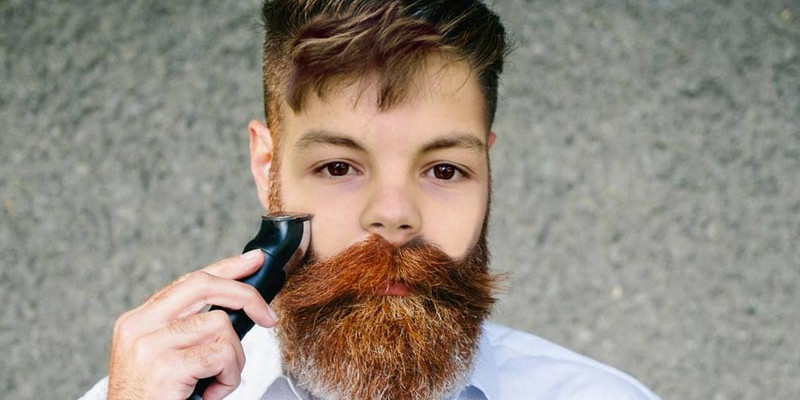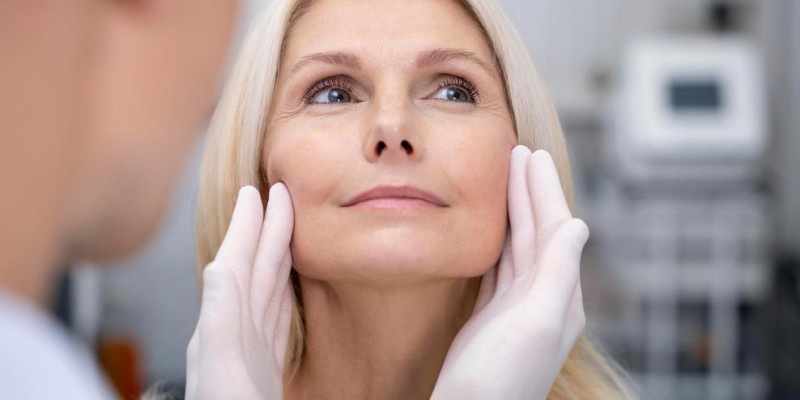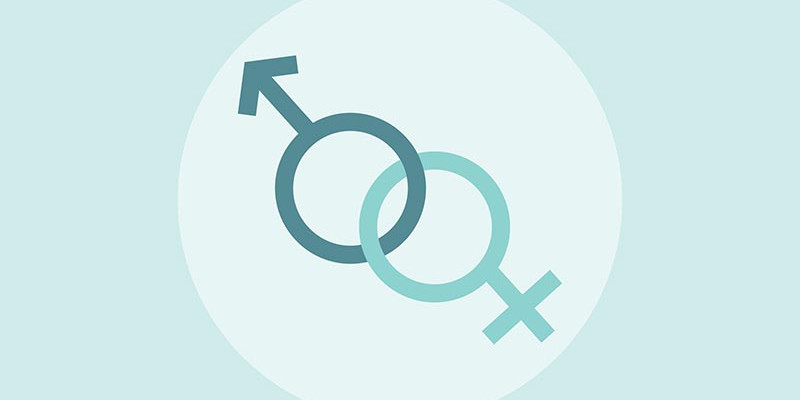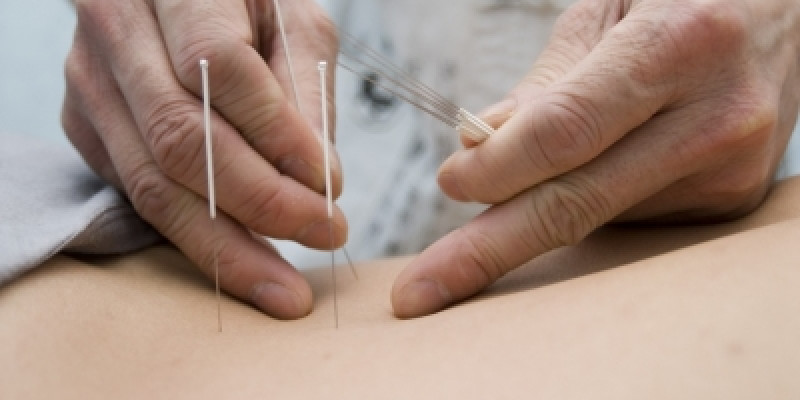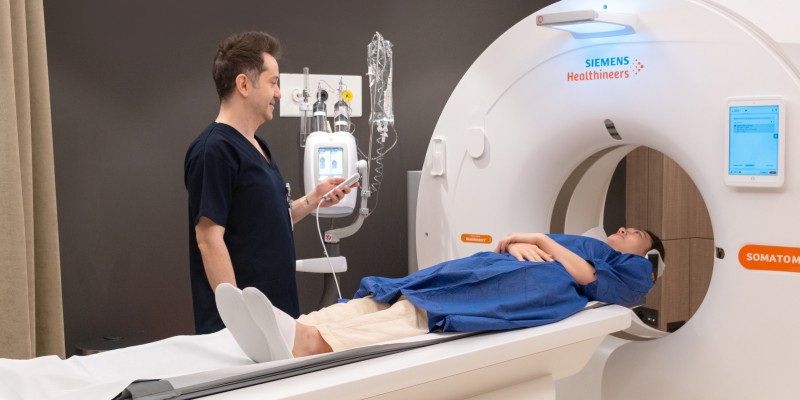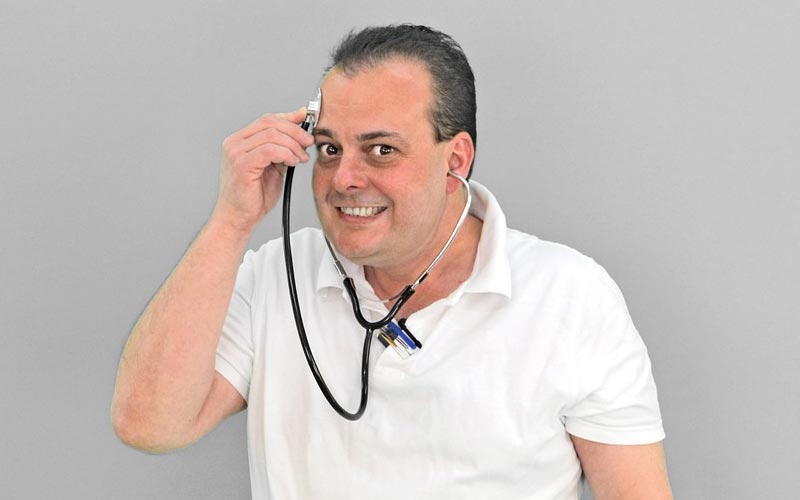
What is an EEG?
It means recording the electrical activity of the brain in a digital environment. Recently, with the advancement of technology, we had the chance to obtain detailed information about the functional (working) features of the brain by using different methods in EEG and similar techniques. EEG is an indispensable laboratory method for reasons such as being non-invasive (non-invasive), being a comfortable examination by the patient and giving an idea about the functioning of the brain.
How to shoot and prepare a report?
The EEG is taken by a specialized technician. The minimum processing time is 1 hour. It is also done with 3-hour or 24-hour video monitoring at the request of the physician in different patient groups. Traces are obtained as a result of moitarization in the shootings. During EEG recording, wakefulness and sleep are evaluated separately. A report containing information and comments is prepared for the physician requesting the examination. Trace samples are added to the back of the report as needed.
Which patient groups are EEGs taken?
EEG is used in the diagnosis and treatment follow-up of epilepsy (epilepsy), absent-mindedness with confusion, forgetfulness, and sensory and motor complaints that come and go. Sleep shots are essential for sleep disorders.
Things to consider for EEG recording
Having a full stomach and clean hair while coming to the EEG will increase the quality of the tracing. There will be some maneuvers (frequent breathing, eye blinking or light reaction) that the technician will ask you to perform during the shoot. Relax and do not forget the request paper written by your doctor when you come for the examination.
EEG service at Academic Hospital In our institution, normal EEG, video monitoring EEG, sleep EEG and polysomnography (sleep recording) are applied.
Video monitoring is important in terms of defining the involuntary movements occurring in patients simultaneously with EEG recording and making the correct diagnosis. Since abnormal brain electrical activities are suppressed in wakefulness and occur during sleep, the presence of sleep attraction in the traces increases the reliability.
Polysomnography is the digital recording of the patient's night sleep and its interpretation by the specialist physician. Polysomnography should be applied when deemed necessary in all kinds of sleep pathology, especially sleep-apnea syndrome, and a treatment plan should be made.


